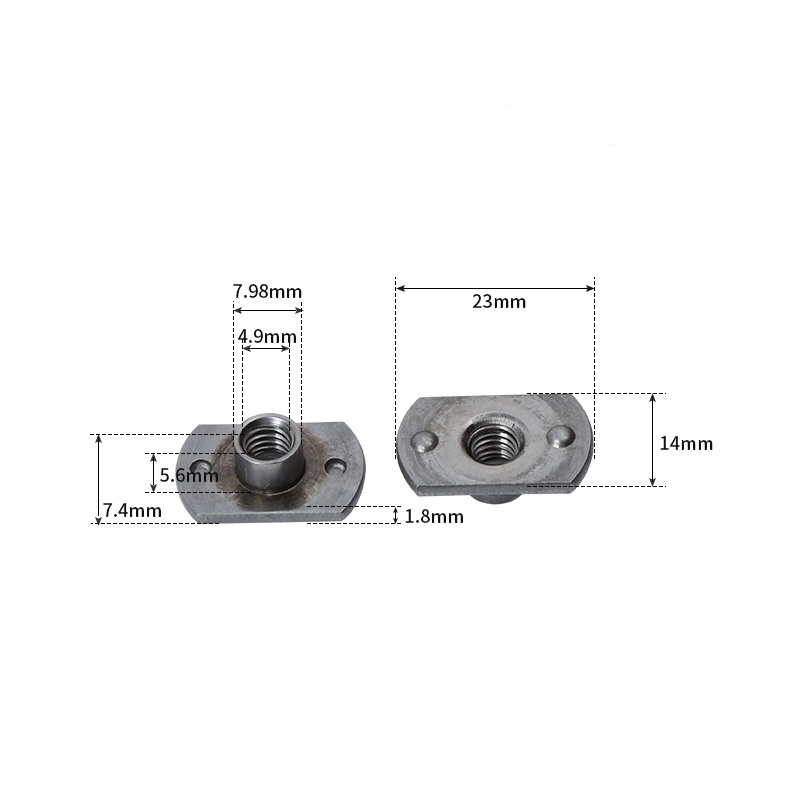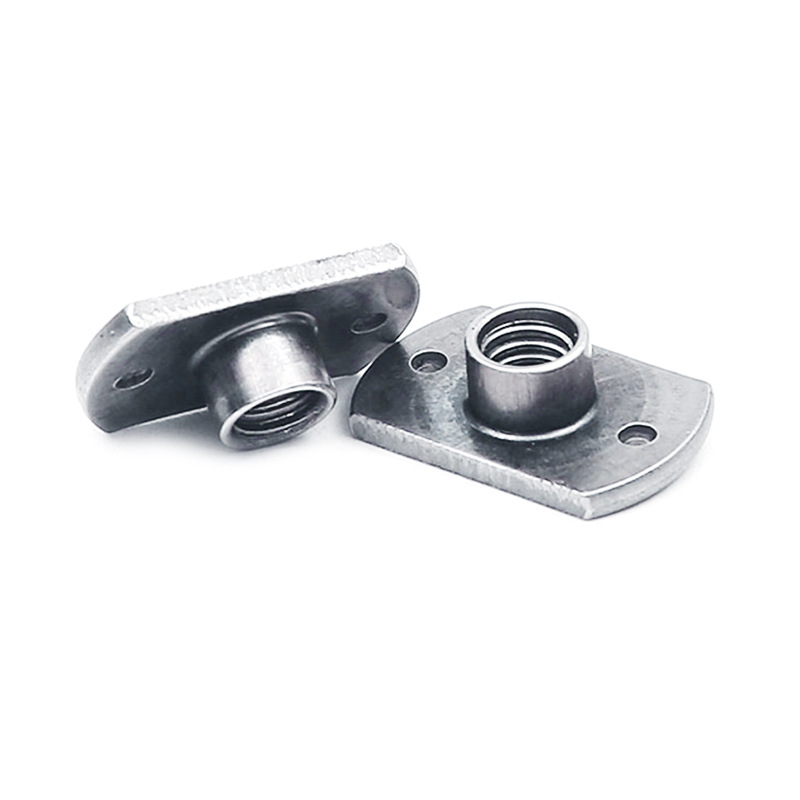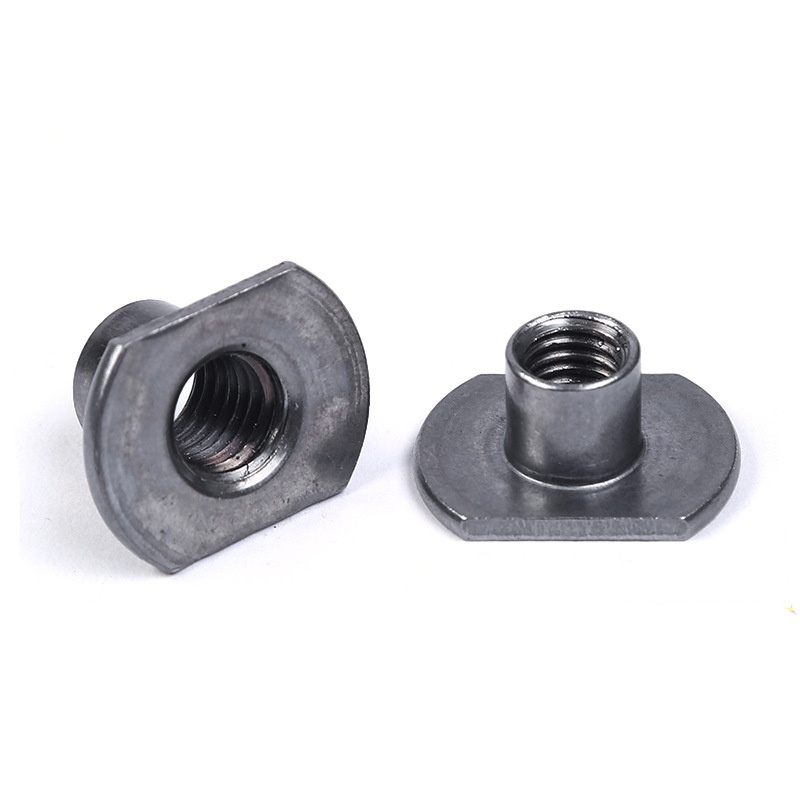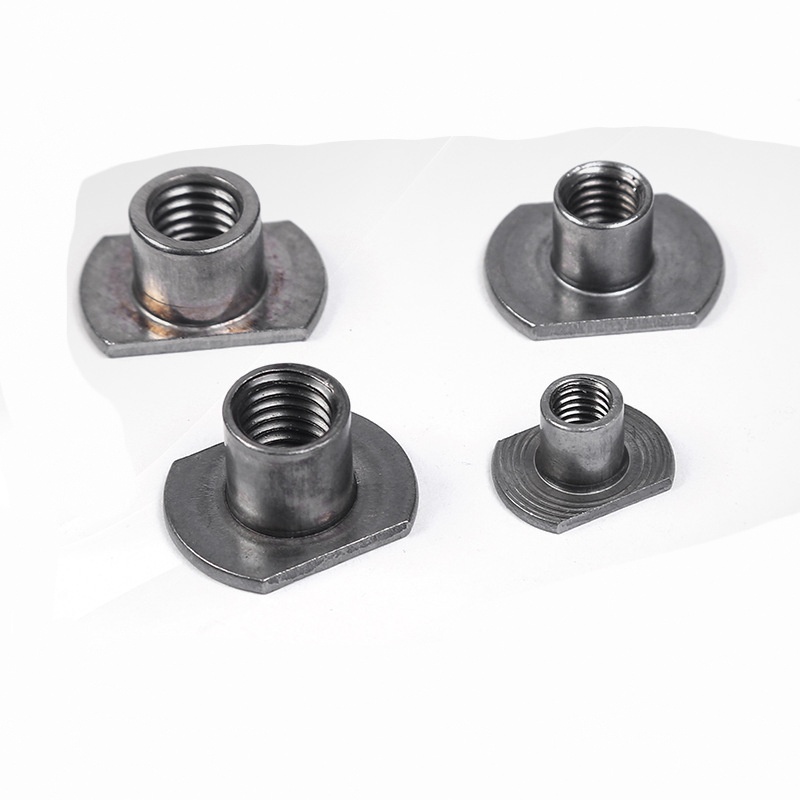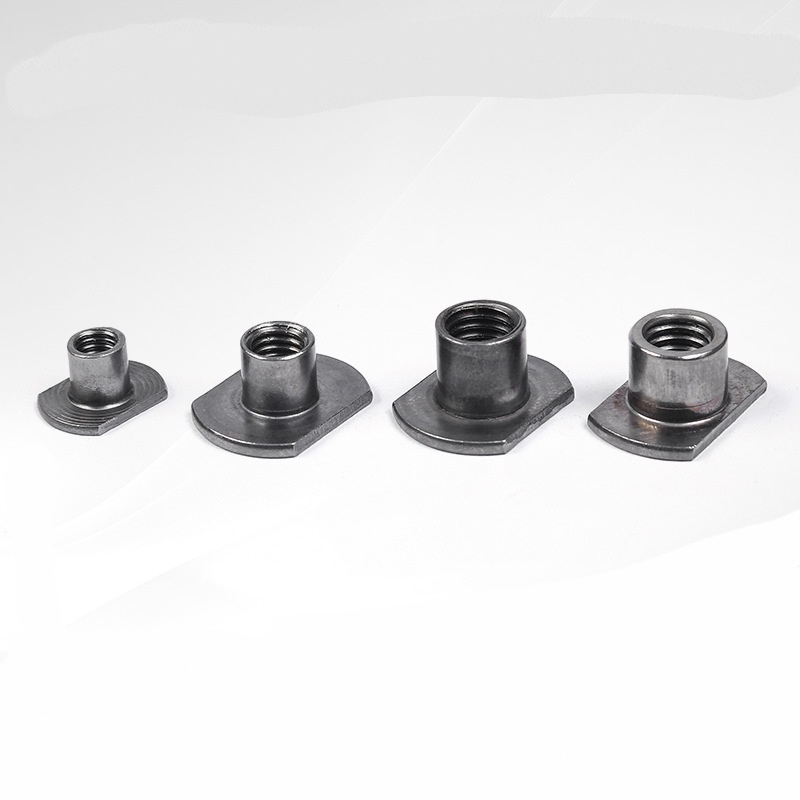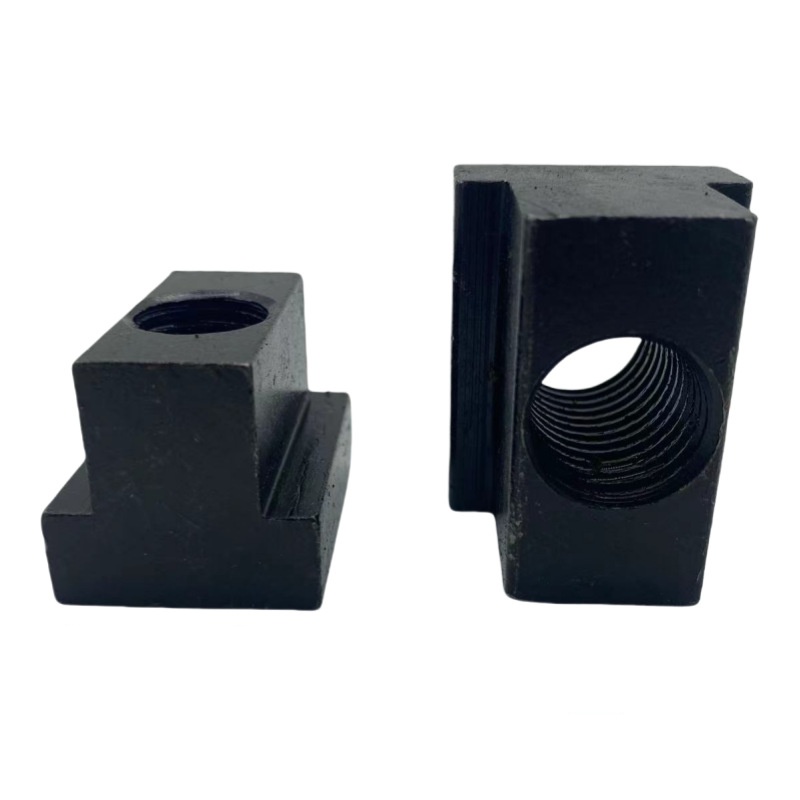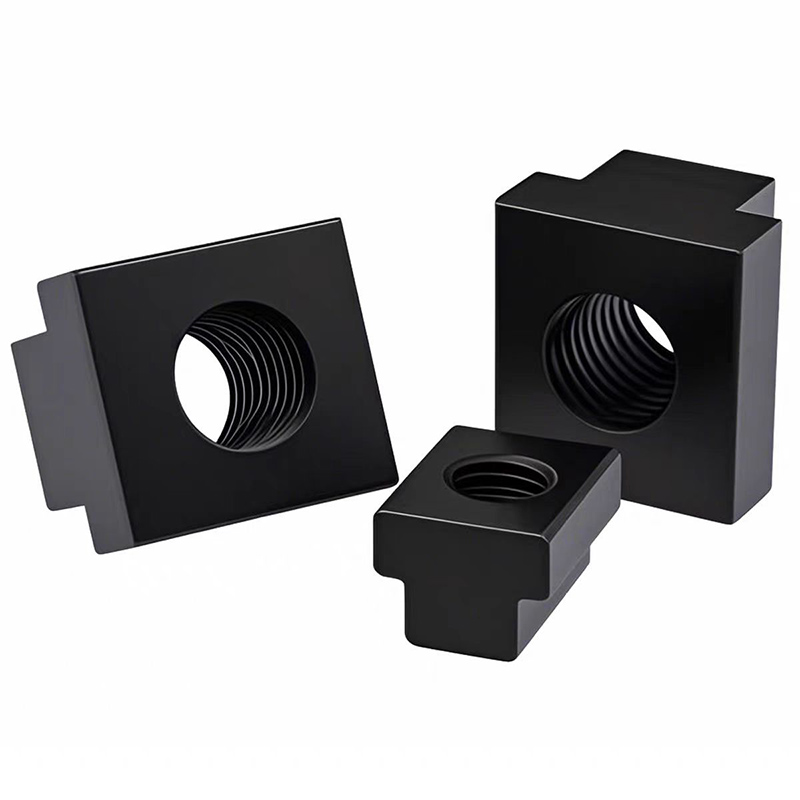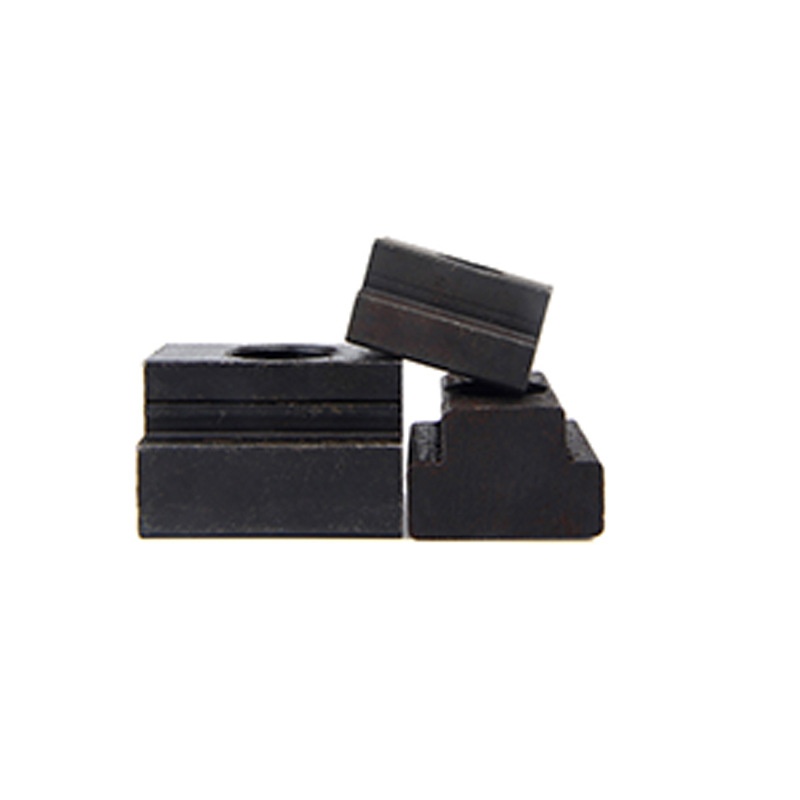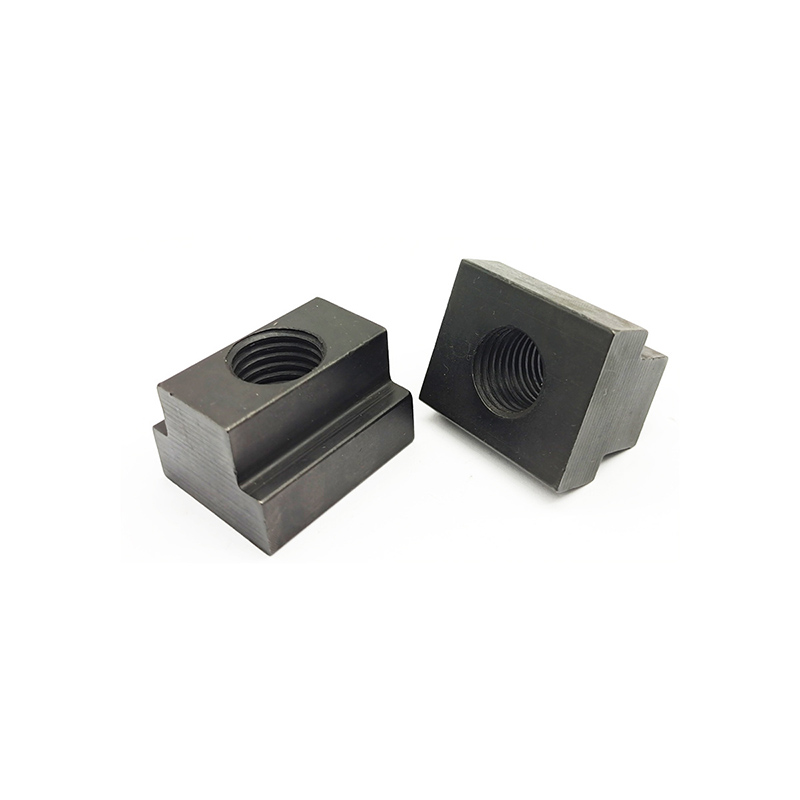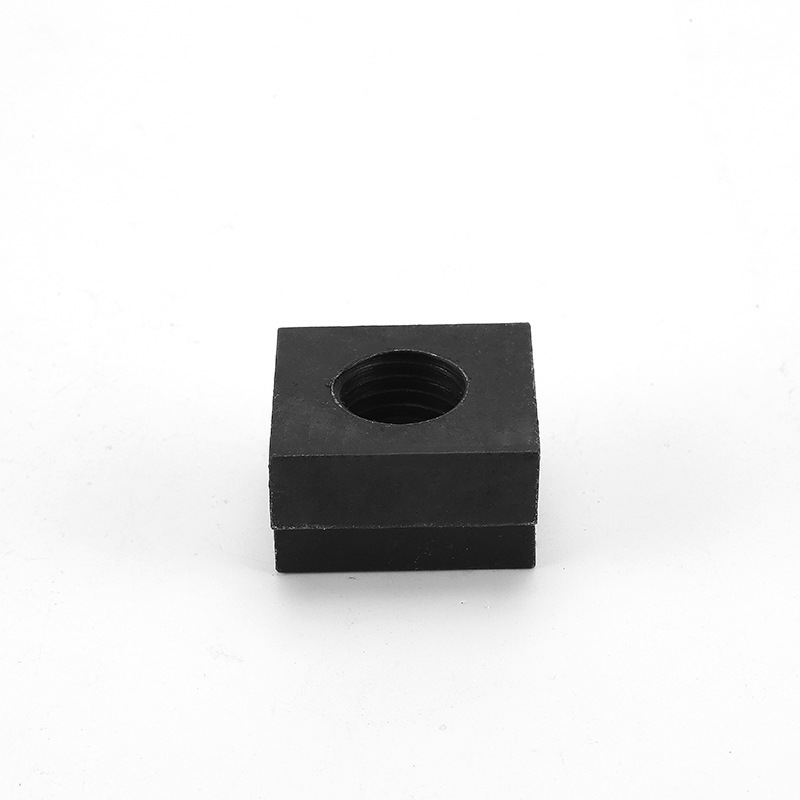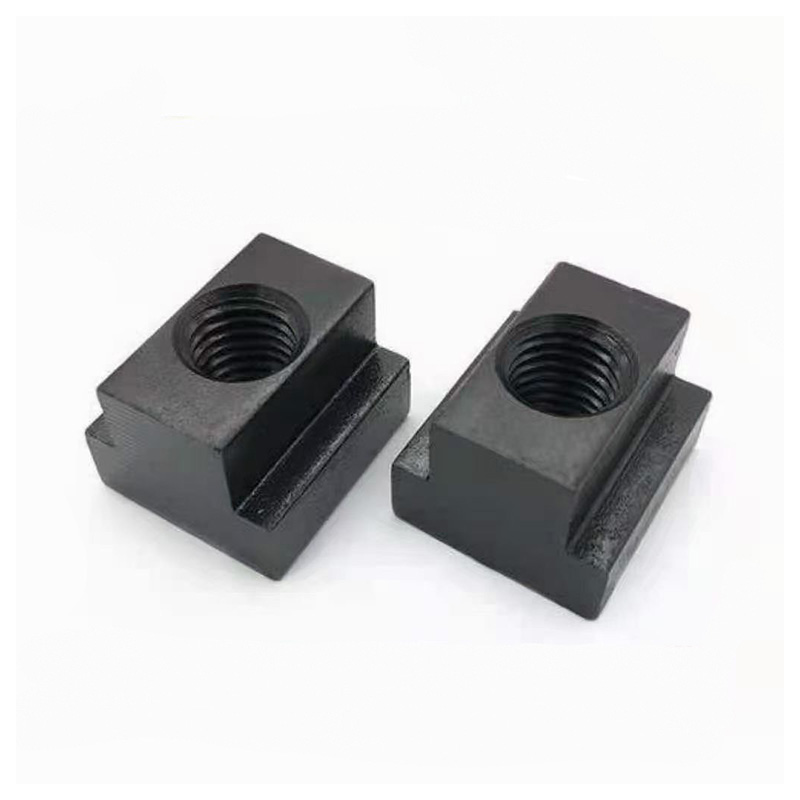Uncompromising T Style Weld Nuts
Send Inquiry
One big reason people use uncompromising T style weld nuts is how well they hold up against being pulled through. The large base flange spreads out the clamping force over a big area on the sheet metal, so there’s less stress in one spot.
The serrated legs dig into the material when welded, which stops them from spinning when you tighten the matching fasteners. This stability and strength make them good for important structural joints—ones that vibrate, handle moving loads, or need a lot of clamping force. They work better than a lot of other options.
| Mon | M4 | M5 | M6 | M8 | M10 | M12 |
| P | 0.7 | 0.8 | 1 | 1︱1.25 | 1.25︱1.5 | 1.5︱1.75 |
| dk max | 23.7 | 24.7 | 27 | 29 | 33.2 | 37.2 |
| dk min | 22.3 | 23.3 | 25 | 27 | 30.8 | 34.8 |
| s max | 12.25 | 12.25 | 14.3 | 14.3 | 19.4 | 21.5 |
| s min | 11.75 | 11.75 | 13.7 | 13.7 | 18.6 | 20.5 |
| ds max | 5.9 | 6.7 | 8.3 | 10.2 | 13.2 | 15.2 |
| ds min | 5.4 | 6.2 | 7.8 | 9.5 | 12.5 | 14.5 |
| k max | 5.9 | 6.9 | 7.5 | 9 | 10.6 | 11.8 |
| k min | 5.1 | 6.1 | 6.5 | 8 | 9.4 | 10.2 |
| h max | 1.4 | 1.4 | 1.85 | 1.85 | 2.3 | 2.3 |
| h min | 1 | 1 | 1.35 | 1.35 | 1.7 | 1.7 |
| d1 max | 6.9 | 6.9 | 8.9 | 10.9 | 12.9 | 14.9 |
| d1 min | 6.7 | 6.7 | 8.7 | 10.7 | 12.7 | 14.7 |
| h1 max | 0.8 | 0.8 | 0.8 | 0.8 | 1.2 | 1.2 |
| h1 min | 0.6 | 0.6 | 0.6 | 0.6 | 1 | 1 |
Product Advantages:
Uncompromising T style weld nuts make manufacturing a lot easier. You can add the threaded inserts early on, before putting together complicated parts—usually when the metal is still flat or easy to get to. That means you don’t have to deal with tricky hardware installation later in the process or fumble with putting nuts in by hand in awkward spots.
Welding them is quick and can be automated, so they fit right into robotic projection welding setups. Using uncompromising T style weld nuts cuts down on labor costs, reduces mistakes during assembly, and speeds up the whole production process for sheet metal work.

Main Materials:
Our standard Uncompromising T-Style weld nuts are made from carbon steel. The usual protective finishes are zinc plating—clear or yellow chromate—and electro-galvanizing, which help keep them from rusting.
We also have stainless steel ones, mostly 304 or 316, for better rust resistance in tough environments. That way, they work for all kinds of uses around the world.


